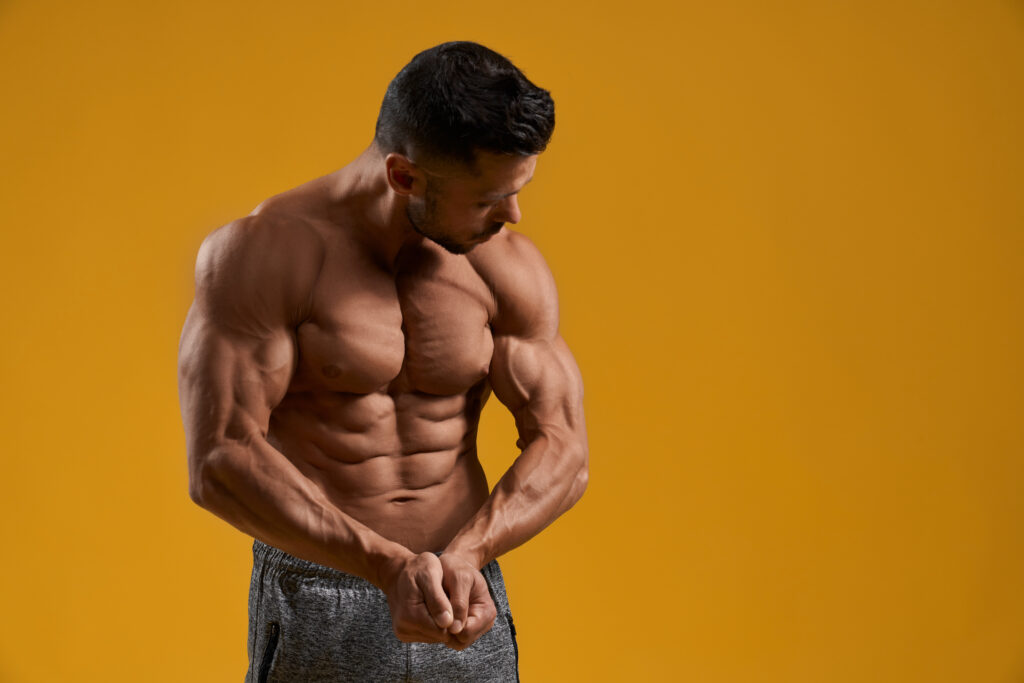When a male has a body fat percentage of 14%, he’s in what many consider the “athletic” range. At this level, his muscles will be more defined, and his physique will exhibit a lean appearance, especially when compared to the general population.
At 14% body fat, the outlines of the abdominal muscles start to become more visible. While he might not have a deeply chiseled six-pack just yet, there’s a clear separation between the muscles, and the upper abs will be more pronounced. The oblique muscles on the sides of the abdomen will also begin to show.
In addition to the abdomen, other parts of the body will display muscle definition. The muscles in the arms, such as the biceps and triceps, will be more defined. The legs, particularly the quadriceps and calf muscles, will have more shape and contour. The chest muscles will be prominent, and the separation between the chest and the shoulder muscles will become clearer.
The vascularity might also be evident at this level, especially after a workout. This means that some veins, particularly on the arms and possibly the lower abs, might be more pronounced. It’s a sign that there’s less subcutaneous fat (fat under the skin) covering the muscles and veins.
Overall, a 14% body fat on a male presents a fit and athletic appearance. It’s a body fat percentage that many aim for, especially those who want a lean look without getting extremely shredded. Achieving and maintaining this body fat level requires a combination of regular exercise, including both strength training and cardiovascular activities, and a balanced diet that’s rich in nutrients and appropriately portioned.
Remember, while visuals can give an idea, body fat percentage doesn’t always correlate directly with health or athletic performance. It’s essential to ensure that any fitness or body composition goals are pursued in a healthy and sustainable manner.

